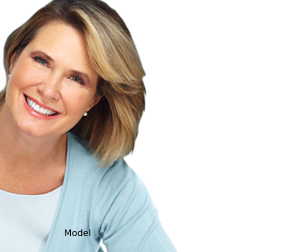
There newest buzz word in breast augmentation is “rapid recovery”. Web sites are full of plastic surgeons promising a speedy recovery and many still prefer to play down the differences between recovery in a day or a week. But the differences between 24 hour recoveries vs. “rapid recovery” go far beyond the first week after surgery.
The true difference starts before the surgical procedure itself. Surgeons who incorporate tissue based planning in their implant selection know that when an implant is selected based on the patients individual measurements and tissue quality, the surgical procedure will require much less trauma and avoid damage to the breast and underlying muscle. During the surgical procedure, the surgeon and the anesthesiologist should be working as a team, using just the right amount of short acting muscle relaxant to dissect a dry pocket and allow the surgeon to ease the implant into the pocket, again without bleeding, or trauma to the surrounding tissues. Each of these steps, before and during the surgical procedure combines to create a sore, but comfortable post-operative experience. Patients should not require the use of intra-operative or post-operative narcotics.
The real science of the 24 hour recovery comes, not when we look at those first few days or months after the procedure, but when we look at the long-term data on complication and revision rates. The newest highly cohesive gel implants have some of the lowest rupture rates, but the most common causes for revision procedures are not because of rupture. The leading drivers of revision surgery are for size change, capsular contracture, and malposition problems. Careful implant selections, dry surgery without blunt dissection or bleeding, and a 24 hour recovery has been scientifically linked to lower revision rates. Since 1995, all of my breast augmentation and reconstruction patients have been given the opportunity to participate in clinical trials. With extremely high long term follow-up, I have documented very low revision rates out to 10 years.
So if you are contemplating a breast augmentation, listen carefully to what your surgeon is offering. Are they suggesting narcotics, “to make you more comfortable”, or providing little or no information on recovery and return to exercise. Are they suggesting the use of bandages or special surgical bras, or oral muscle relaxants? These are signs not only about how the surgeon will select an implant, but also how they perform surgery. Most importantly it is a clear tip off on how much they value reducing long term complications and unnecessary revisions.






